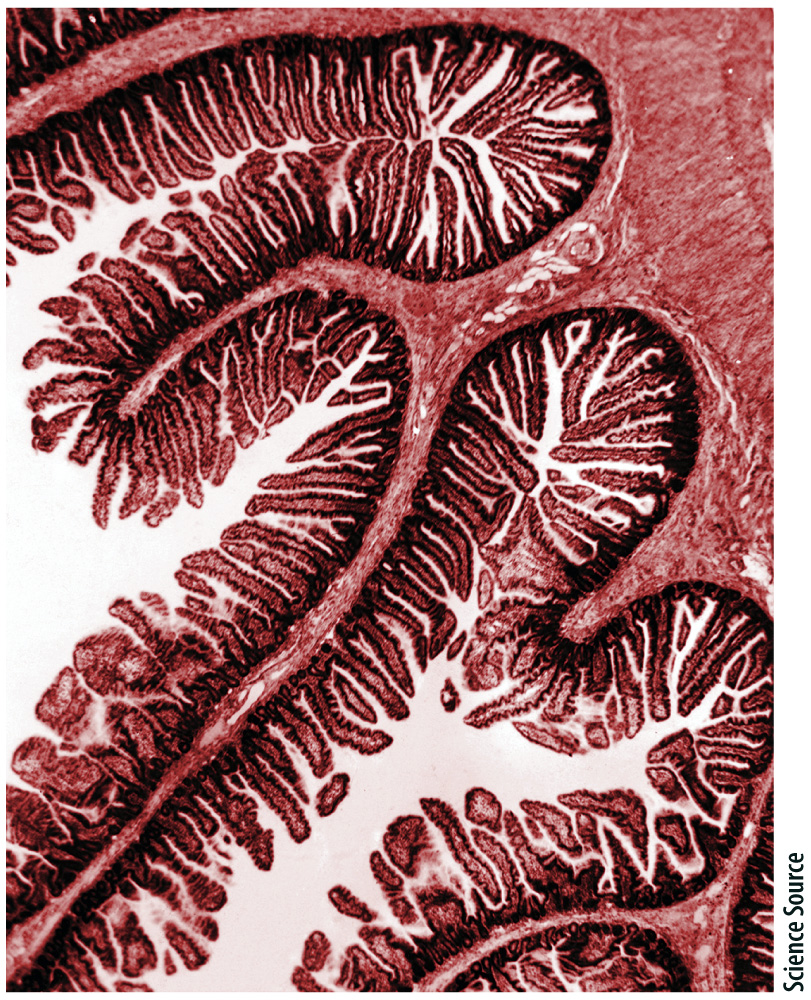Chapter 40 Introduction
851
CHAPTER 40
Animal Metabolism, Nutrition, and Digestion

Core Concepts
- Metabolic rate depends on activity level, body size, and body temperature.
- An animal’s diet supplies the energy the animal needs for homeostasis and essential nutrients it cannot synthesize on its own.
- Animals have different adaptations for feeding.
- The digestive tract has regions specialized for different functions, including digestion, absorption, storage, and elimination.
852
It is literally true that “you are what you eat.” Not only do animals build their bodies and obtain energy from the food they eat, but also their very appearance often reflects what they eat. Consider a cat. We know it’s a carnivore—
Animals are heterotrophs, obtaining food from other organisms (Chapter 6). The energy animals obtain from food is essential for building bodies, moving, surviving, and reproducing. Much of an animal’s activity therefore centers on obtaining food. In turn, the biology of an animal is in large part shaped by the type of food the animal consumes. Furthermore, an animal’s metabolism, the chemical reactions by which it breaks down its food, is closely linked to the energy and nutrients contained in that food.
The food that an animal eats also affects its place in an ecosystem. Primary producers, such as plants and some algae, are food for a great diversity of animals. Animals that feed on plants tend to exist in large numbers. Large animals that feed on other, smaller animals exist in smaller numbers and commonly represent fewer species.
This chapter examines how animals obtain and break down the food they eat. We begin at the cellular level, building on the biochemistry of metabolism discussed earlier (Chapter 7). Then, we examine the dietary needs and the organization and function of animal digestive systems: how an animal eats, digests, and absorbs food to supply its cells with the energy required for its function. The relationship between an animal’s diet and its place in an ecosystem is reserved until Chapter 47.